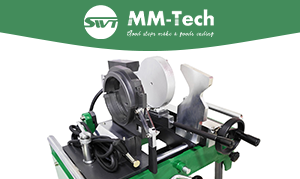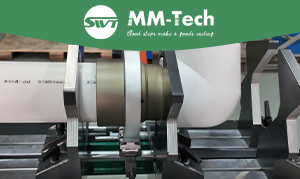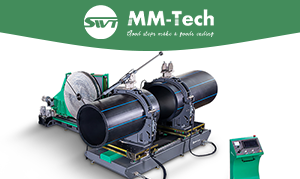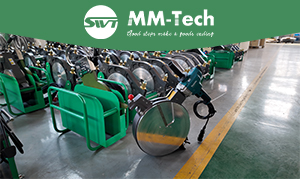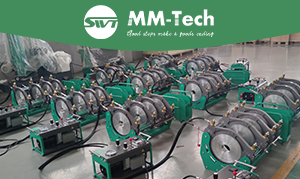
High-density polyethylene tanks in 2025 are made with a careful process. This process uses spiral winding, advanced welding, and 3D modeling. Manufacturers pick polyethylene because it is strong and resists chemicals. This makes it great for plastic tanks and plastic water tanks. New changes include double-walled tank designs for better leak safety. They also use recycled materials to help the environment. The global market for plastic tanks is still growing. The HDPE sector may reach $2.8 billion by 2033. These changes help plastic tanks and plastic water tanks stay safe and high quality.
Metric | Value |
|---|---|
Global HDPE Tank Market Size (2024) | USD 1.5 billion |
Projected Market Size (2033) | USD 2.8 billion |
CAGR (2026-2033) | 7.2% |
High-Density Polyethylene Materials
Material Selection
Manufacturers pick high-density polyethylene for plastic water tanks. This material is strong and does not break easily. It can handle chemicals and does not react with them. Water stays safe because the tank does not let in bad stuff. The tank does not crack when it gets hot or cold. Many companies use this material because it lasts a long time. Tanks can last from 20 to 50 years. Tank shapes like cones or sloped bottoms help water drain out. These shapes also make cleaning easier. Engineers want materials that are strong and light. They also need to stand up to weather and heavy loads.
Tip: HDPE tanks do not let chemicals or germs get in. They are safe for drinking water and chemicals.
Tank Manufacturing Process
Basic Tank Forming: Solid-Wall Spiral Winding Process
The main body of the tank is formed using the solid-wall spiral winding technology. This process involves spirally winding HDPE sheets layer by layer and fusing them to form an overall seamless tank structure. The advantage of this process lies in its ability to flexibly adjust the tank’s diameter and length according to design requirements. At the same time, the spiral-wound structural characteristics endow the tank with excellent impact resistance and structural stability, laying a solid foundation for subsequent pipeline connections and accessory installations.
Pipeline Connection Process: Multi-Layer Reinforcement for Sealing
The connection of pipes with different diameters on the tank is a key link to ensure the overall sealing performance, which adopts a layered reinforcement welding process:
Preliminary Fixation: For the contact surface treatment, a hot air gun with a spot nozzle and a quick nozzle is used for preheating, and then rivets are used for mechanical fixation to ensure that the pipeline is closely attached to the tank surface, creating a stable foundation for subsequent welding.
Strengthening Welding: An extrusion welding gun with a V-shaped welding shoe is used for sealing and reinforcement. The model of the welding gun needs to be accurately selected according to the thickness of the sheet—K8/10 is suitable for ultra-thin sheets, while K15, K20, and K30 correspond to medium-thick and extra-thick sheets respectively. By matching appropriate welding parameters, the strength of the weld is ensured to be consistent with that of the base material.
Accessory Installation Process: Standardized Welding System
The installation of accessories such as fixing blocks, handles, and handrails on the top and sides of the tank follows the same welding process as pipeline connection. The core is to ensure the connection strength and stability between the accessories and the tank, so as to adapt to various stress conditions during the handling, installation, and use of the tank.
Extended Pipeline Connection: Hot Melt Butt Welding Technology
The PE pipes and fittings extending from the tank are connected using hot melt butt welding technology. Through manual, hydraulic, or non-contact hot melt butt welding machines, the connecting end faces of the pipes and fittings are heated to a molten state and then quickly attached and pressed, so that the interface is fused into one, forming a sealed connection with the same strength as the pipe itself. This is especially suitable for the extension installation of the conveying pipeline system.
Precision Manufacturing Process: From Design to Processing
3D Modeling: Before production, a 3D model of the tank and all accessories is built using 3D modeling software to accurately confirm the dimensions, interface positions, and assembly relationships of each component, ensuring the rationality of the design.
Drawing Design and Processing: Detailed CAD processing drawings are made based on the 3D model to guide the processes such as sheet cutting and accessory processing.
Marking of Opening Points: In the actual production process, manual marking methods such as coordinate positioning and template comparison are used to accurately determine the opening points on the sheet, ensuring the accuracy of subsequent installation.
Material Selection Guide
The selection of container materials needs to comprehensively consider the use environment and bearing requirements:
High-Density Polyethylene (HDPE): Due to its excellent chemical corrosion resistance, low-temperature resistance, impact resistance, and good welding performance, it has become the preferred material for outdoor and underground tanks, especially suitable for storing corrosive liquids, drinking water, and other scenarios.
Polypropylene (PP): It has high heat resistance and rigidity, but its low-temperature impact resistance is poor, and welding is slightly more difficult than HDPE. It is suitable for storing dry materials at room temperature or scenarios with heat resistance requirements.
Both materials belong to the polyolefin category and share common properties such as light weight, non-toxicity, and easy processing. However, their differences in temperature resistance range, chemical tolerance, and mechanical properties determine their targeted selection in different application fields.
Through the above systematic manufacturing processes and technical specifications, high-density polyethylene tanks can achieve excellent performance, meeting various industrial and civil storage and transportation needs.
FAQ
What makes HDPE tanks safe for drinking water?
HDPE tanks are made with food-safe materials. UV stabilizers keep sunlight from hurting the water. Tanks block out chemicals and germs. Every tank goes through tough safety tests before it leaves the factory.
How long do HDPE tanks usually last?
Most HDPE tanks can last from 20 to 50 years. The plastic is strong and does not crack or break easily. It stands up to sunlight and chemicals. Checking tanks often helps them last even longer.


